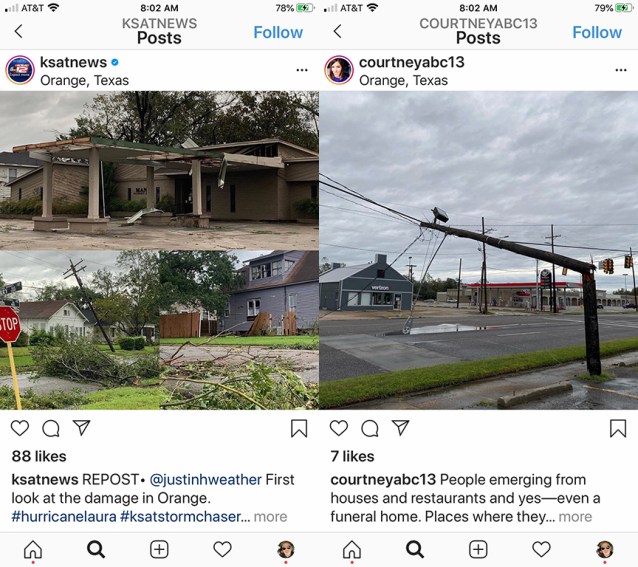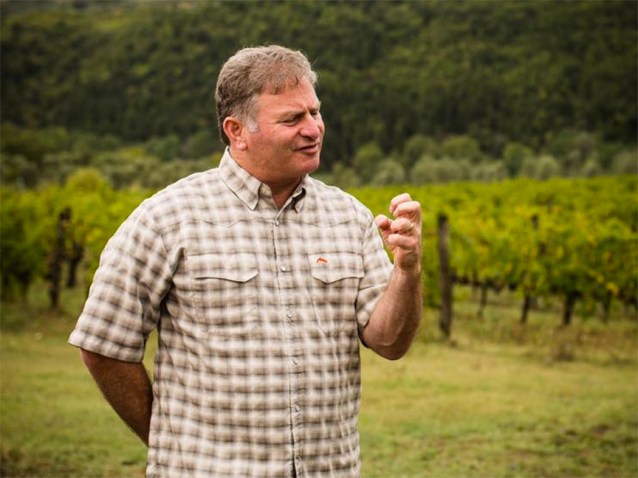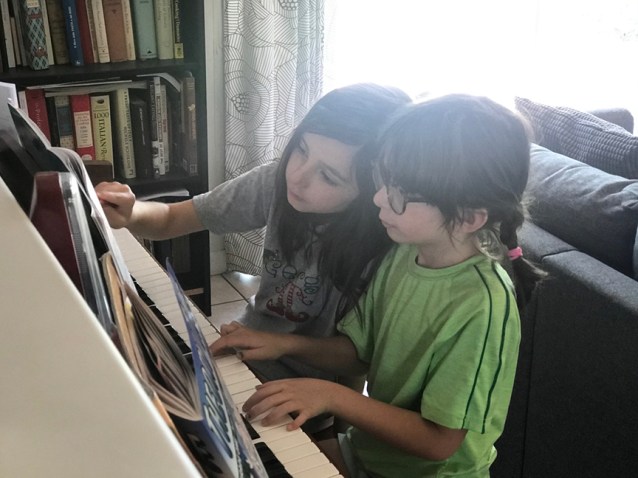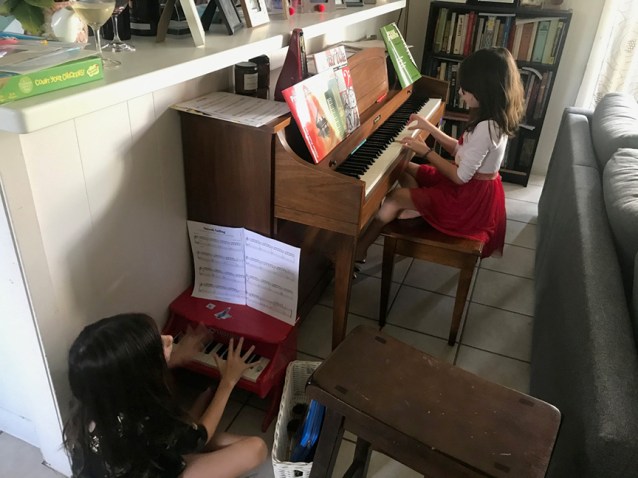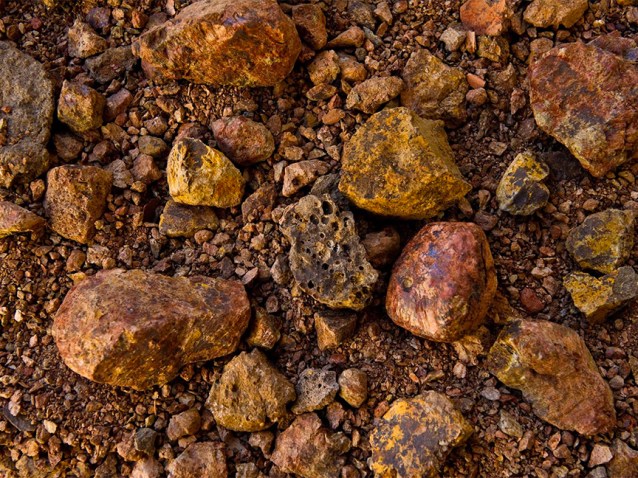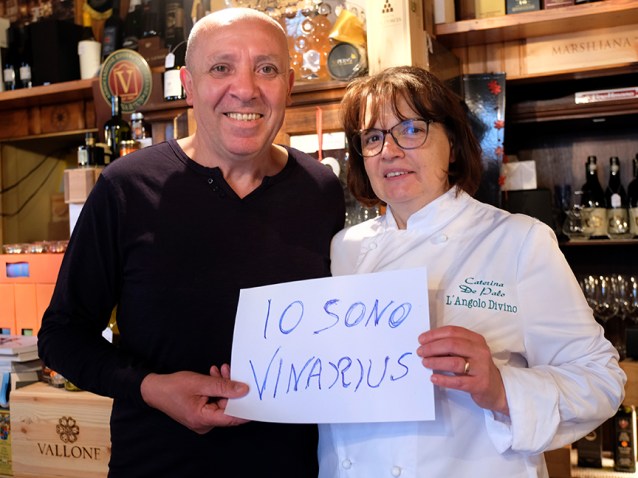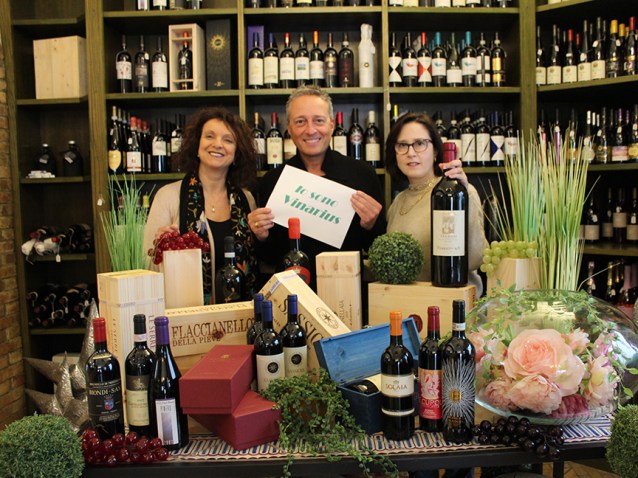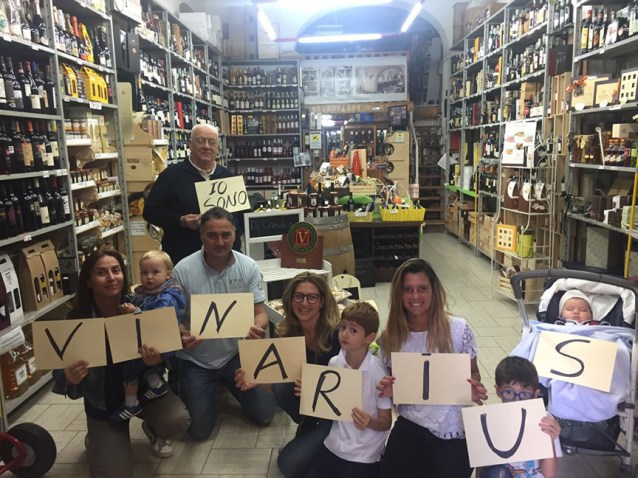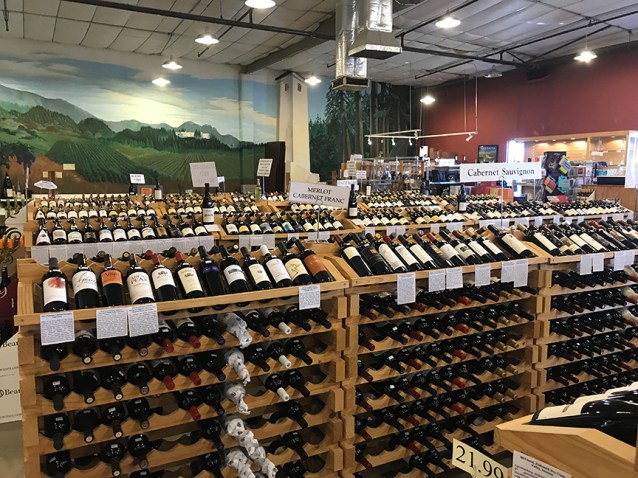 With no small amount of envy, I grabbed the above photo from the Tasca d’Almerita Facebook this morning.
With no small amount of envy, I grabbed the above photo from the Tasca d’Almerita Facebook this morning.
After six months and counting cloistered at home, I have to concede that a little bit of Mediterranean would do a body (including my own) some good!
This Thursday, we’ll enjoy the flavors of the Mediterranean when we host Count Alberto Tasca at our weekly virtual wine dinner at Roma (one of my clients here in Houston).
Click here for the menu, wines, and reservation details.
Alberto and I had dinner last year when I was asked to present his and other leading Italian wineries at the Grandi Marchi tasting here.
I was keen to hear his thoughts on the positive and negative impacts of organic viticulture in Europe. And I found his insights into lutte raisonnée or lotta integrata (what we sometimes call integrated) farming practices as compelling as they were fascinating.
There’s an important different between “sustainable” and “integrated” farming. Technically speaking, “sustainable farming” doesn’t mean making a better product for the consumer. The term actually refers to making food and wine products that have less impact on the environment. The best way forward, in Alberto’s view, is somewhere in the middle between sustainable and organic (the core idea of integrated farming). I know it’s going to be an interesting conversation this Thursday.
If you’re in Houston and have never attended one of our weekly events, I highly recommend it: 3-course dinner for 2 including 3 bottles of wine for $119. It’s a pretty nifty deal. But more importantly, these events have become a wonderful escape for our guests and Tracie and me. We look forward to it each week. I hope you can join us. It’s become our moveable immobile feast.
Support local businesses (including my own) by eating great food, drinking great wine, and having dinner with a Sicilian count!

